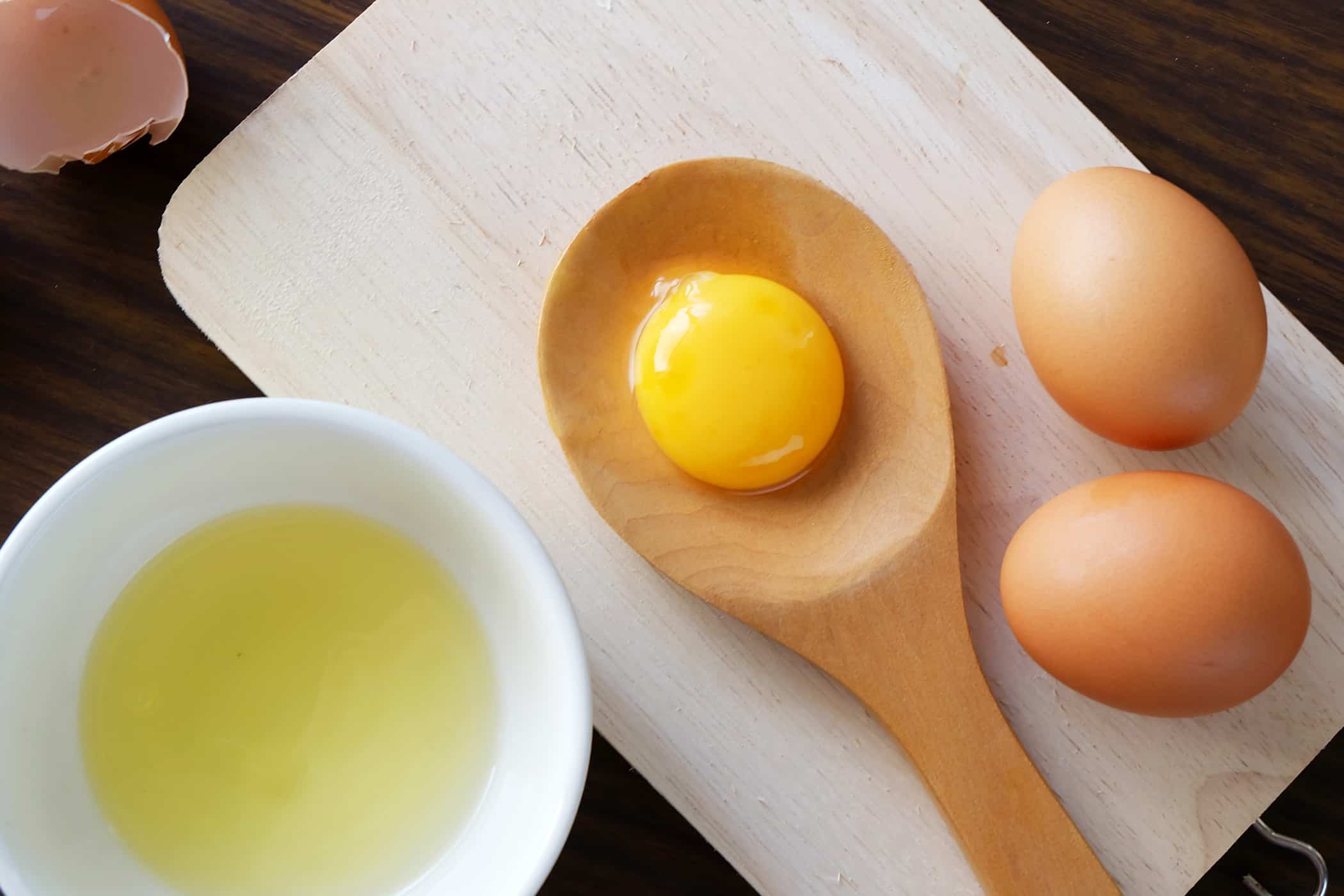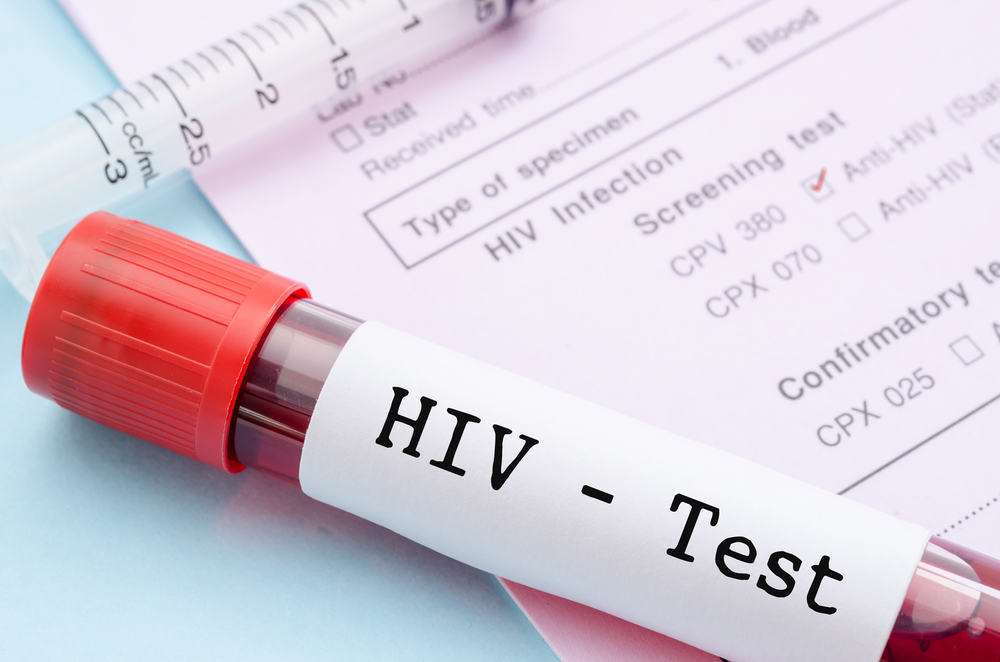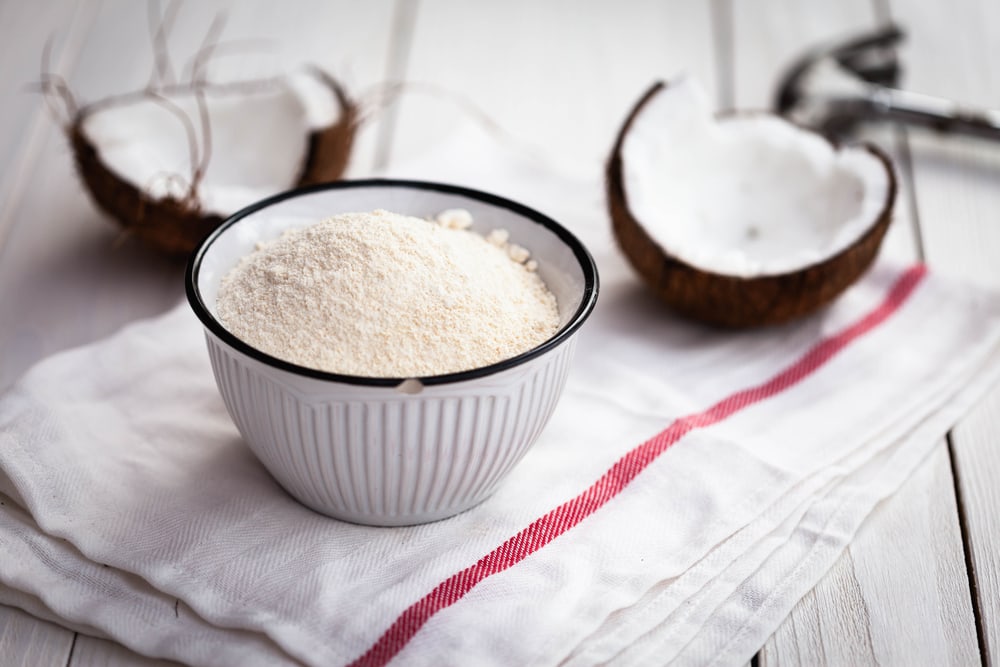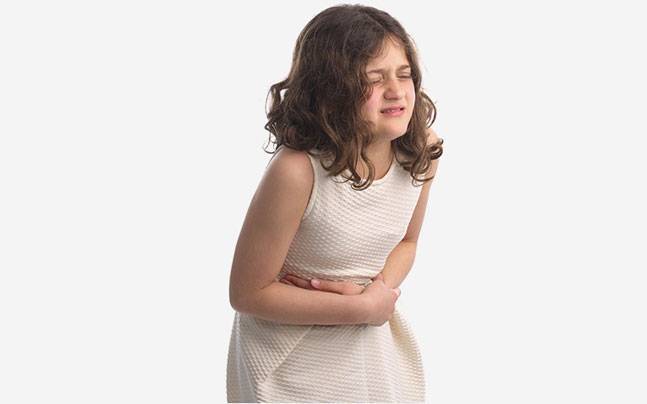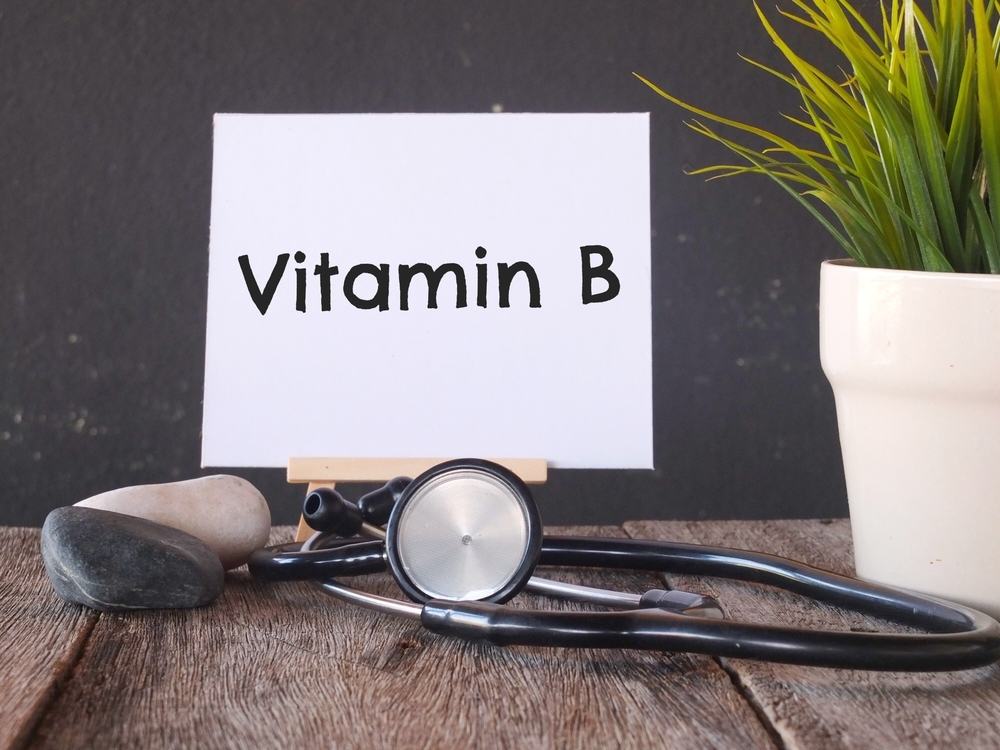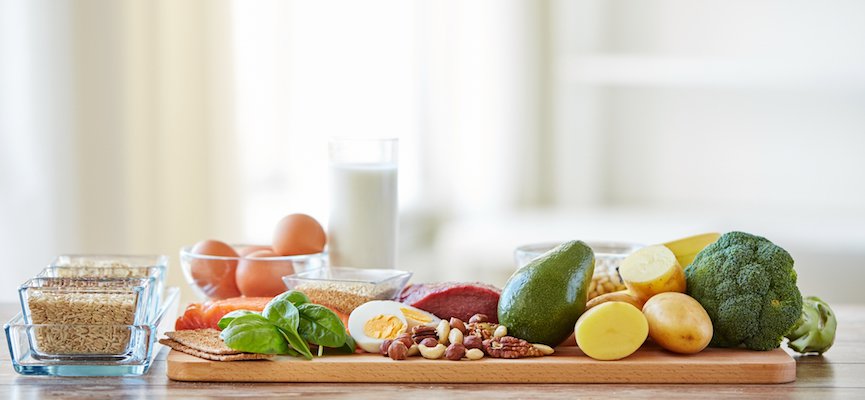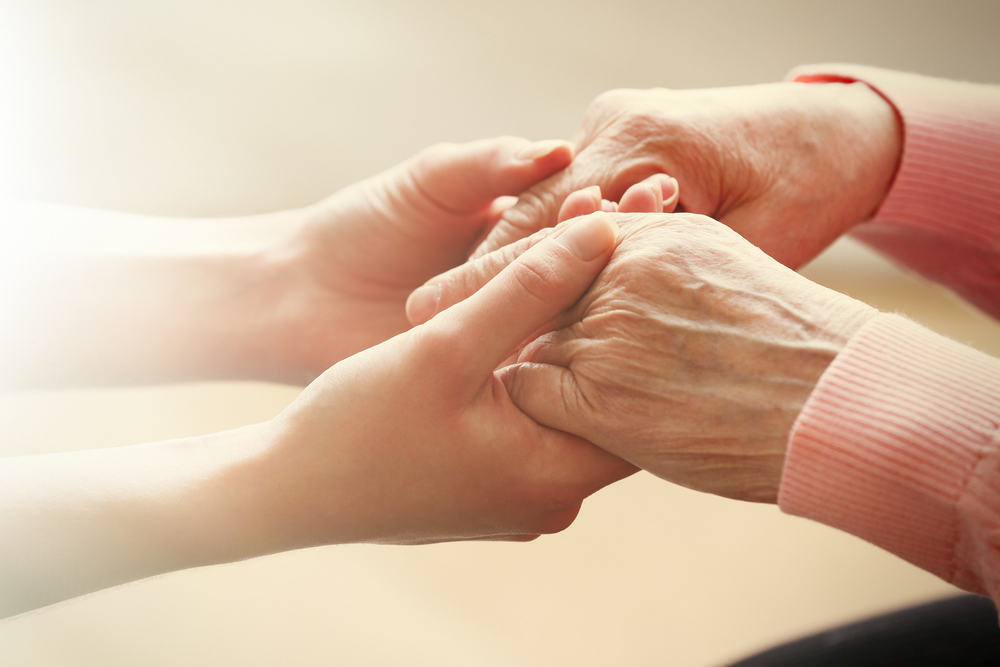Contents:
- Medical Video: Children's Food Allergies
- Milk allergy
- Examples of dairy products and foods containing milk
- Egg allergy
- Examples of eggs and products containing eggs
- Peanut Allergy
- Examples of peanut products and foods that contain nuts
- Fish allergy
- Examples of foods that contain fish
- Shellfish allergy
- Examples of shellfish
- Soy allergy
- Examples of soy products
- Flour allergy
- Examples of flour products and products that may contain flour
Medical Video: Children's Food Allergies
Food allergies are caused by errors in the immune system that recognize substances in dangerous foods and create a defense system (special compounds called antibodies) to fight them. Allergic reactions occur when antibodies are fighting an "attack" of food proteins that are actually harmless. Although a person can have allergies to almost all foods, the following 8 foods contain almost 90 percent of all food-related allergic reactions: milk, eggs, peanuts, nuts (such as cashews and walnuts), fish, shellfish, soybeans, wheat.
Milk allergy
If you have allergies to milk, you need to remove milk and other dairy products from your diet. Dairy products are a good source of calcium and Vitamin D, so it's important for you to eat other foods that are rich in nutrients, such as broccoli, spinach and soy products.
Always check label materials before you use the product. Many foods that are processed or prepared contain milk. Also, check the label every time you use the product. Manufacturers occasionally change recipes, and trigger foods can be added to new recipes.
Examples of dairy products and foods containing milk
Dairy products:
Milk and solid milk, non-fat, skim milk or milk powder and solid milk, buttermilk, evaporation of milk, yogurt, cream, cream cheese, sour cream, cheese, cheese powder or cheese sauce, butter, milk fat, artificial butter flavor, curd, whey and whey products, Cottage cheese.
Foods containing dairy products:
Gratin food, chocolate candy, cream coffee, creamy or creamy food, custard, nougat, ice cream, malt milk, margarine (some, check labels), pudding, white sauce.
Materials to avoid:
Lactalbumin, lactalbumin phosphate, lactoglobulinm, casein or sodium caseinate, lactose (milk sugar).
Tips:
Try replacing cow's milk with soy milk, rice milk, or almond milk. In addition, many non-dairy products available include some margarine (check labels), non-milk ice cream, non-milk chocolate, non-milk cheese, and non-milk yogurt.
Egg allergy
Egg allergy is very common in infants, children and adults. Read food labels carefully and avoid egg products or related ingredients, and foods that can be made with eggs.
Examples of eggs and products containing eggs
Egg products
Eggs, egg white, egg yolks, dried eggs or powdered eggs
Foods containing eggs:
Eggnog, Bavarian cream, breaded foods (some), cakes, sweets (some), cookies, pulverized foods, pies, cream puffs, custards, donuts, pancakes, egg rolls, egg noodles, cake frosting, Hollandaise sauce, ice cream, mayonnaise, marshmallows, meat or fish cooked in dough, meringue, pastries, tartar sauce.
Materials to avoid:
Globulin, Albumin, Apovitellenin, Livetin, Ovalbumin, Ovomucin ,, Ovomuciod, Ovovitellin, Phosvitin
Tips:
Be sure to read the label carefully. For example, some egg substitutes contain egg white.
Peanut Allergy
Peanuts are one of the most common allergens (substances that trigger allergic reactions). Peanut allergy is also one of the most serious and fatal food allergies.
Examples of peanut products and foods that contain nuts
Peanut products:
Peanut oil, peanut butter, peanut flour
Foods containing nuts:
Peanuts, mixed beans, artificial beans, cookies, pastries and other baked goods, candy.
Materials to avoid:
Hydrolyzed plant protein, hydrolyzed vegetable protein
Tips:
Many foods including foods that are ready for baking, sweets, and other foods can be contaminated with peanuts if products containing beans are prepared in the same place or by the same manufacturer. Always ready for every possible and risk reaction.
Fish allergy
Proteins in various types of fish can be very similar, so you need to stay away from all types of fish, unless you can determine which type of fish can trigger your allergies.
Examples of foods that contain fish
Worcestershire sauce (containing anchovy), caesar salad, caviar, fish eggs, imitation seafood.
Tips:
Avoid seafood restaurants if you have a fish allergy. Even if you order non-fish food, it is still possible to contaminate fish protein from spatulas, cooking oil contaminated with fish.
Shellfish allergy
Like fish, various types of shellfish have the same protein. You may have to avoid all types of shellfish, unless you can determine which species of shellfish can trigger your allergies.
Examples of shellfish
Abalone, clams, crabs, crabs, crayfish, lobster, oysters, scallops, shrimp, sea urchins.
Tips:
Be careful with fried foods. Some restaurants use the same oil to fry shrimp, chicken, and french fries. Imitation shells can still use shells for flavoring. Before you use it, read the label to make sure.
Soy allergy
Soybeans are nuts. Other foods in nuts include navy beans, kidney beans, long beans, black beans, pinto beans, beans (garbanzo or chichi beans), lentils, carob, licorice and peanuts. Many people are allergic to more than one legume.
Examples of soy products
Soya flour, fruits, nuts, milk, sprouts, soybeans or curds.
Products that may contain soybeans:
Miso, soy sauce, tofu, tamari, tempeh.
Materials to avoid:
Soy protein, Textured vegetable protein (TPV), hydrolyzed plant protein, hydrolyzed soy protein, hydrolyzed vegetable protein, natural and artificial flavorings (based on soybeans).
Tips:
Soybeans are widely used in processed food products. Soybeans and soy products are found in many baked goods, cereals, crackers, formula milk, sauces and soups. In addition, soybeans are sometimes used as meat extenders in ready-to-eat meat, such as sausages or deli meat.
Flour allergy
Foods made from flour can be found everywhere.
Examples of flour products and products that may contain flour
Flour Products:
Wheat flour, high gluten flour, high protein flour, bran, farina, Graham flour, bulgur, durum, semolina, malt flour, flour, modified flour.
Foods made with flour:
Bread, cookies, cakes and other baked foods made from flour, bread crumbs, crackers, various kinds of cereals, pasta, noodles.
Materials to avoid:
Gluten, gelatinized starch, hydrolyzed vegetable protein, vital gluten, wheat bran, wheat germ, wheat gluten, vegetable gum, vegetable starch
Tips:
Read all product labels carefully. Many foods including ice cream and sauces can contain flour. If you have wheat allergy, you can try replacing flour and other products made from wheat, rice, rye, barley or corn.

